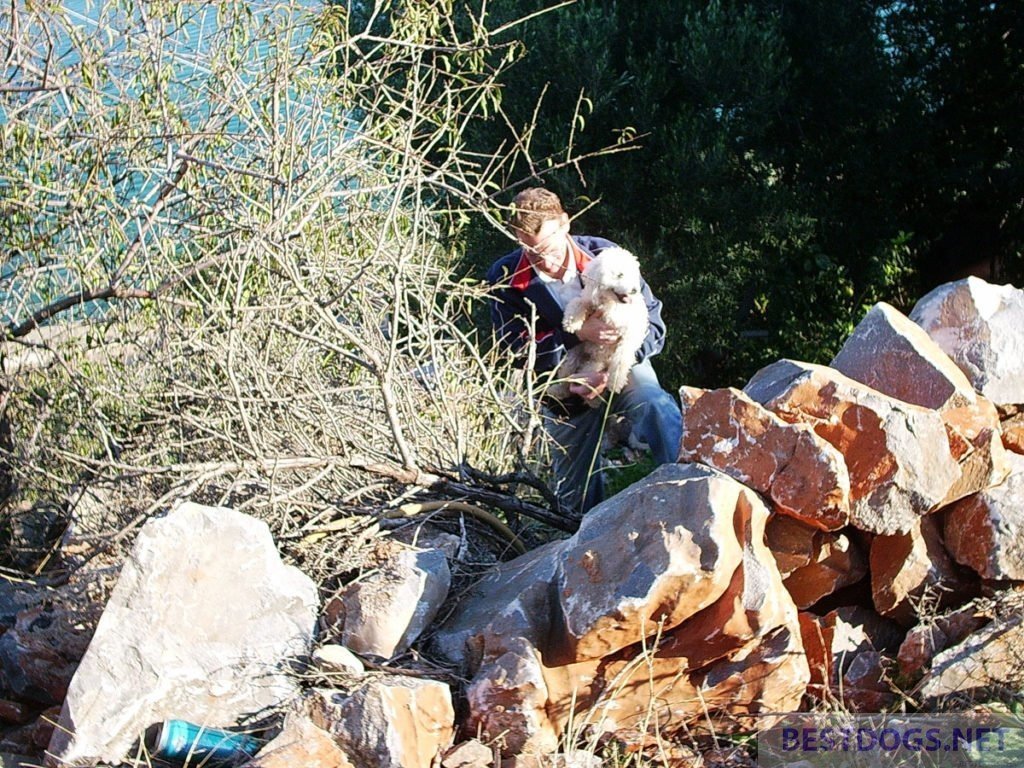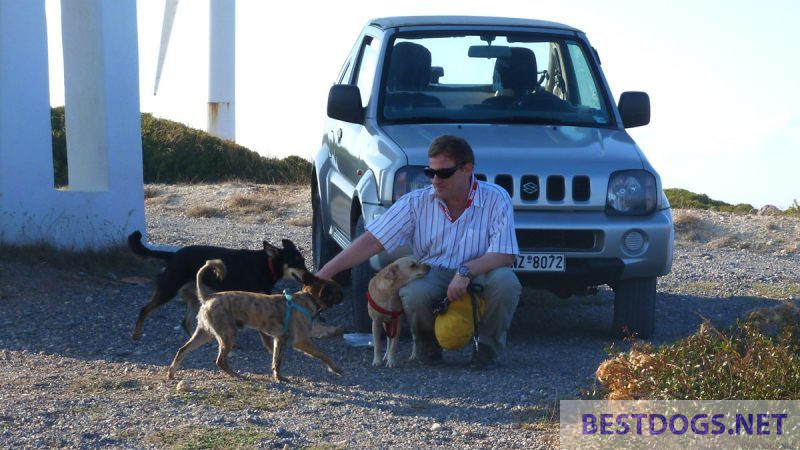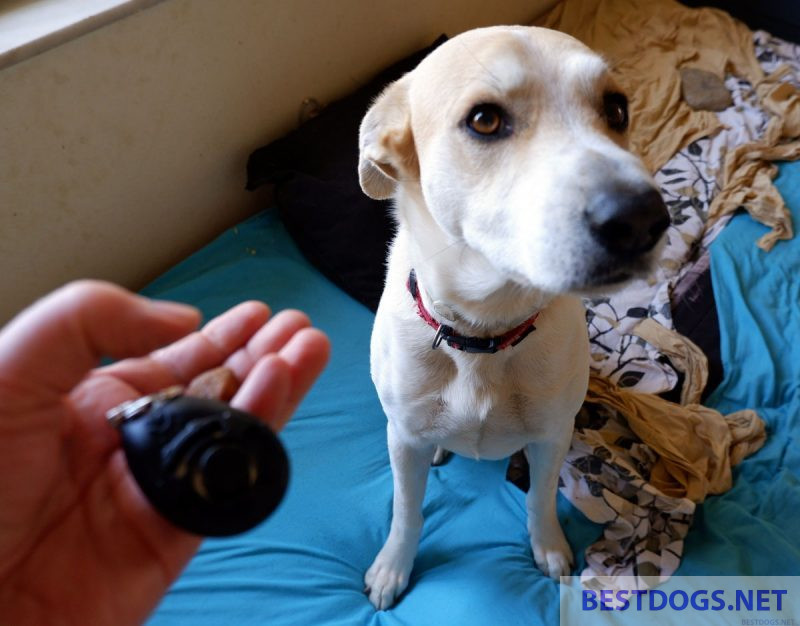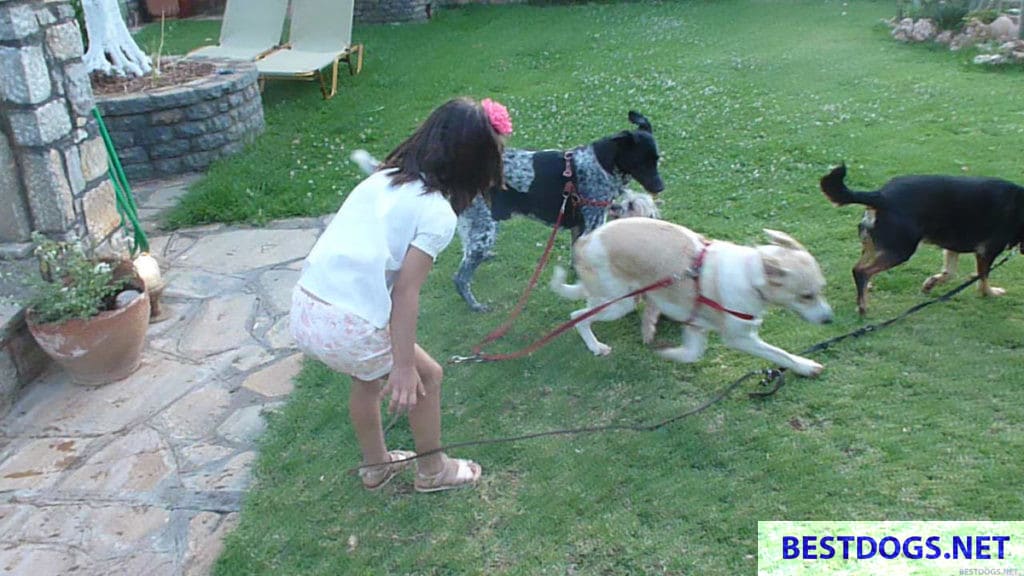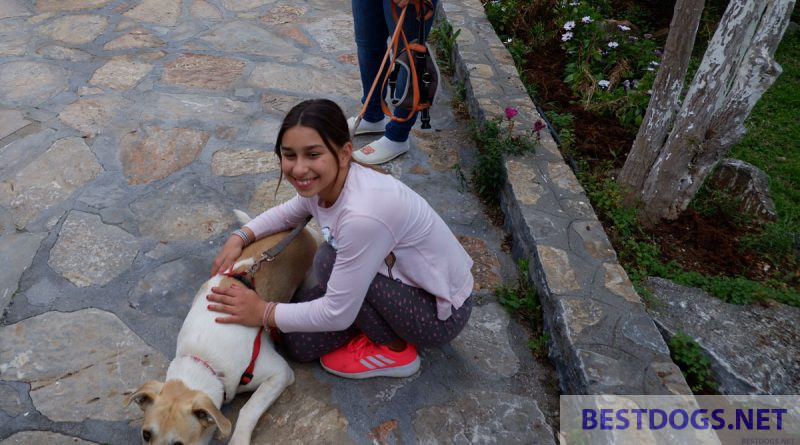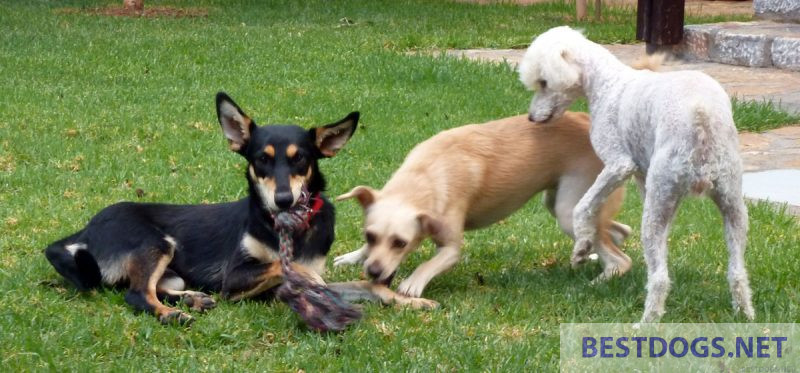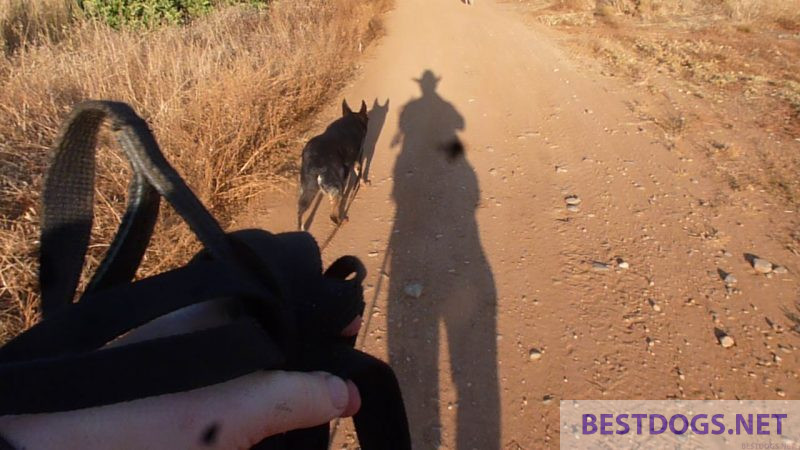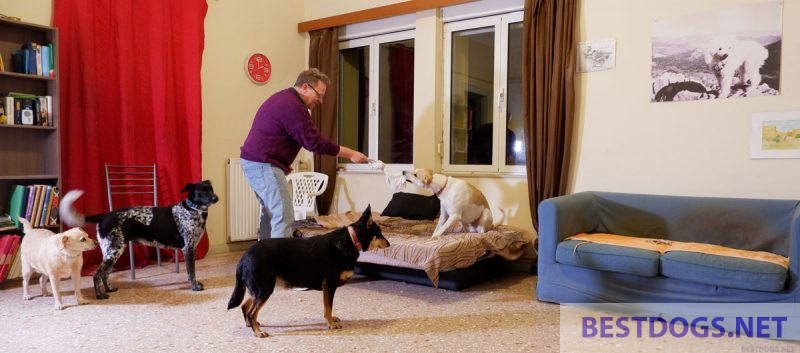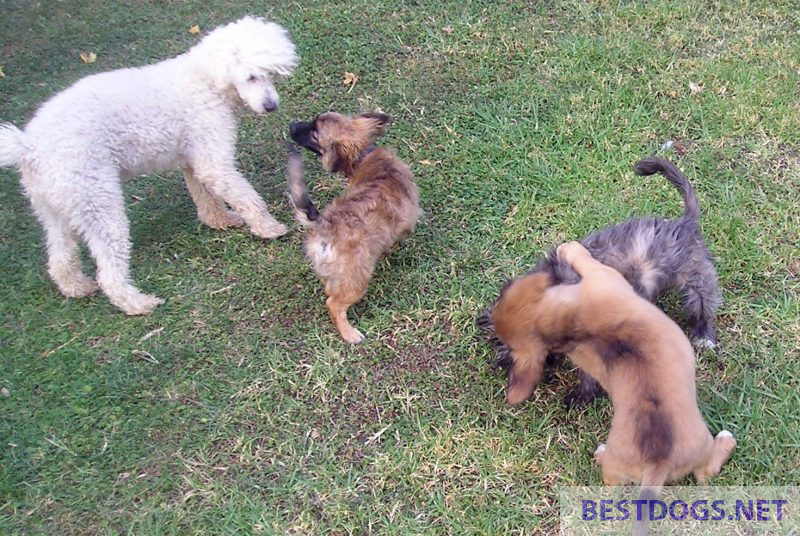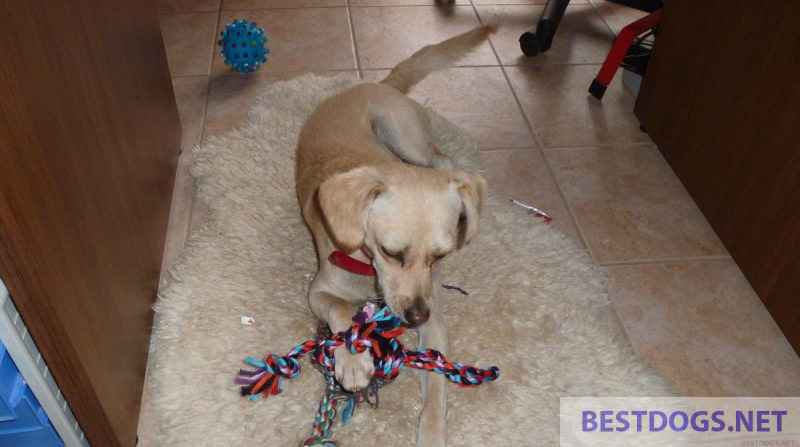Fundamentals of the education and training of the dog.
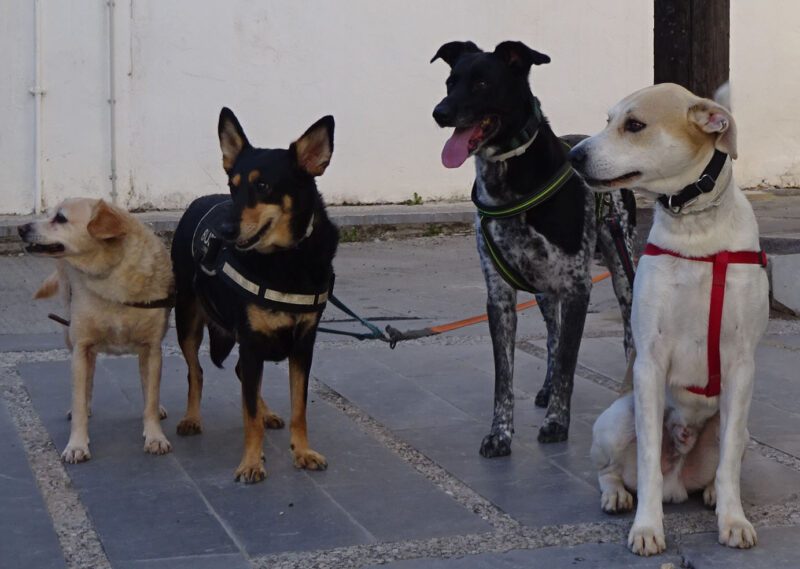
Training the dog
Table of Contents
In order to properly train a dog and make himself understood to him, a dog owner must understand how dogs ‘think’ and with what feelings they live.
Also, no four-legged friend, however seemingly untrained, is ‘lost’, because a dog is capable of learning throughout his life and can always adapt to changing situations. Thus, the behaviour and obedience of the dog can improve or deteriorate over time, depending on what the owner does.
It is also advantageous that dogs only feel secure when they live in an orderly pack with consistent rules.
Individual reports on Training
The dog, the egoist
Even if the dog still sits so faithfully looking in front of you, this should not hide the fact that even the cutest little puppies are blatant egoists. And they do not have a ‘bad conscience’ at all!
The dog doesn’t care if his master is disappointed or feels embarrassed when he shows his egoistic side again. He also has no idea that his master finds it ‘ungrateful’ when he misbehaves once again, even if he was adopted from the shelter or rescued as an abandoned puppy and is still loved so much.
Dogs probably don’t even know the simplest basic patterns like ‘something is allowed’ or ‘forbidden’ or even moral classifications like ‘good and evil’.
Dogs only know the difference between ‘harmless’ and ‘dangerous’ or between ‘pleasant’ and ‘unpleasant’.
The dog steals the food from the table secretly only because he has learned that it is ‘harmless’ or ‘pleasant’ in the absence of humans, but in the presence of them it can end up ‘dangerous’ and thus ‘unpleasant’. It has nothing to do with the fact that he knows he is ‘not allowed’ to do it.
This is a natural quirk of animals and therefore should not be held against them. While the dog will love his master in his own way, he cannot put himself in the place of other living creatures.
He therefore does not make his behavior dependent on the inner feelings of his human, but only on the consequences (pleasant or unpleasant), which it has for him.
Even if this information is sobering for the master, this also has advantages! Because the dog will not do anything just to please, but also nothing to intentionally annoy or even to take revenge.
Linkages
Since dogs can neither think nor combine logically, they learn primarily in two ways:
Classical conditioning
First, things are linked together, which happen often enough at the same time or very shortly after each other. The technical term for this is ‘classical conditioning’.
This includes things like barking when the doorbell is rung, because this usually means that a visitor is coming.
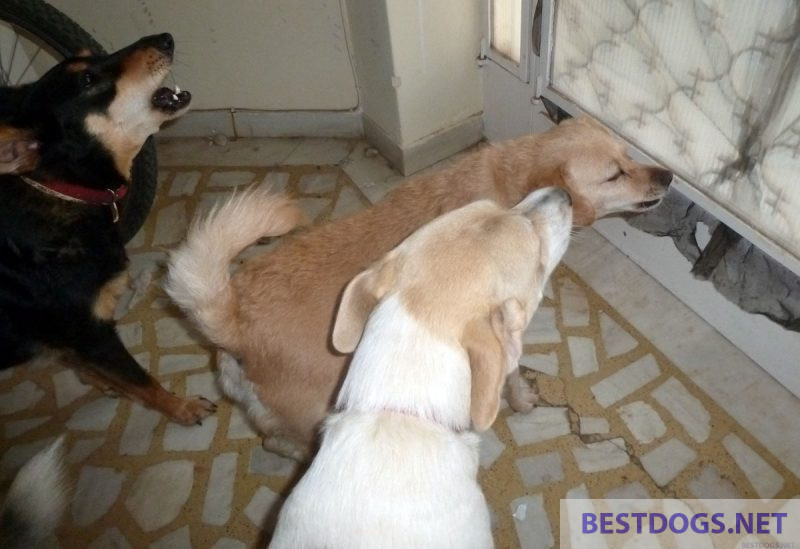
Or the dog is already happy when his master grabs his jacket pocket, because after some repetition he associates this movement with the distribution of a treat. A classic is also when the sports pant or running shoes are put on, because then usually follows the walk with the dog. And because the author is sitting in front of his computer to write this article, he does not want to leave unmentioned that as soon as he shuts down the PC, his dogs know exactly that now the working time is over and the daily long walk or, if the weather is too bad, at least directly the lunch is waiting.
Through such links, you can also make the dog respond to command words or visual signs and understand the meaning of certain gestures, words and also situations.
Links can also weaken over time or disappear altogether if they are not refreshed over a long period of time. For example, if the doorbell is pressed many times without a person standing in front of the door, the dog’s interest in it and also his usual barking will diminish.
Operant conditioning
The second outstanding learning method of dogs is ‘trial and error‘. This ‘operant conditioning’ takes place, however, exactly according to the principle ‘trial and success’.
If the dog is confronted with a problem, he tries different methods and behaviours. For example, our dog wants to get through a locked front door to greet his buddies on the street.
To open the door, he tries barking, jumping up, scratching, sitting still, running in circles, etc. Those behaviours that do not lead to success ‘die out’ over time, i.e. they are no longer shown at all in the situation in question.
The methods, which lead however to success, remain in the memory of the dog. He will use them again in similar situations.
Now it is up to the master to steer this learning process in the right direction. So if you have to leave the house for a certain time and leave the dog behind the closed door, you certainly don’t hope for barking, whining, scratching and jumping up at the door or windows!
But you will train this behaviour to the dog if you open the door again a few times after leaving the apartment or house, while the dog is romping behind it. Because if he was successful only a few times with his behaviour that master comes back again, it will try this method over and over again.
Therefore, the door should only be opened when it is quiet behind it. This way, the dog learns that only quiet waiting will open the door again and his longed-for master will come back.
Habituation and sensitization
There are two other forms of learning that can also be used with the dog. These are habituation and reacting more sensitively to external influences, i.e. sensitization.
The human being gets used to a certain smell or noise, if he is exposed to it only long enough. It is similar with the dog, which gets used with the time as a collar or driving a car. However, the habituation can also take place opposite constant scolding or leash-pressing!
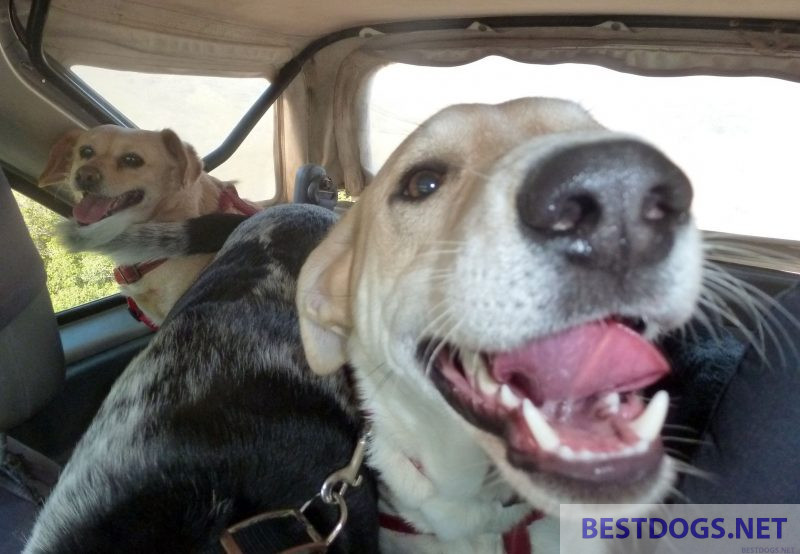
However, it is also possible, instead of getting used to something, that one reacts more sensitively to it.
In dogs, however, strong fears can build up in this way. A dog that is sensitive to noise can either get used to the banging or react more and more anxiously to it when hunting with a shotgun or when it has to wait nearby when shooting clay pigeons. After a short time, this can lead to a full-blown fear of banging of all kinds, as with thunderstorms or fireworks.
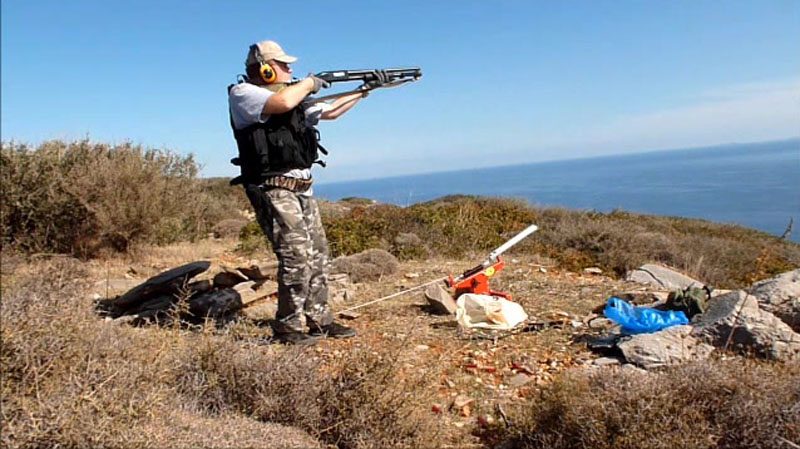
Right timing
Because of the relationships described earlier, ‘timing’ is one of the most important characteristics in training a dog. Learning by linking or trial and error only works if there is a close temporal relationship between the events.
The dog can link the two events only if they follow each other very shortly, ideally only a few seconds apart! He only recognizes something as a consequence of his own actions if it follows within a few seconds.
That is why it is important to be lightning fast in the training actions!
If the dog is caught stealing food from the table when entering the room, you must not be shocked or speechless at first. This is because the dog will immediately let go of its ‘prey’ at the sight or sound of master’s entry and come closer. If only now the scolding begins, the dog will link it to his approach!
Therefore, the dog will continue to steal from the table, but avoid the master or show a ‘bad conscience’ when approaching, which should not be the purpose of the educational measure.
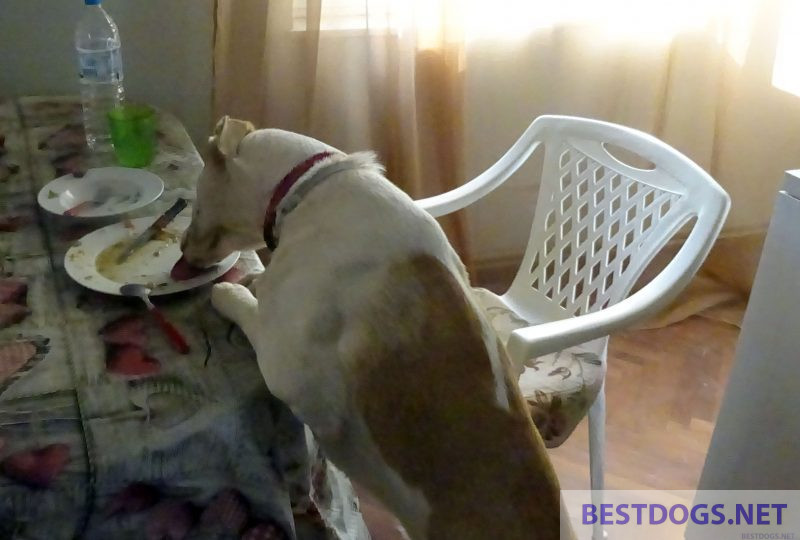
Motivation to learn
Motivation is necessary for learning and acting, so there must be a motive. I.e. even the most well-behaved and dearest of all dogs obeys only if he also wants it! This has the consequence that one must motivate the dog first sufficiently!
For this purpose, there are first of all only two possibilities, which are known under the saying ‘carrot and stick’. This means for the dog either the prospect of a reward or the fear of punishment.
The reward – i.e. the reinforcement of the action – leads to the dog performing the rewarded behaviour more frequently in the future.
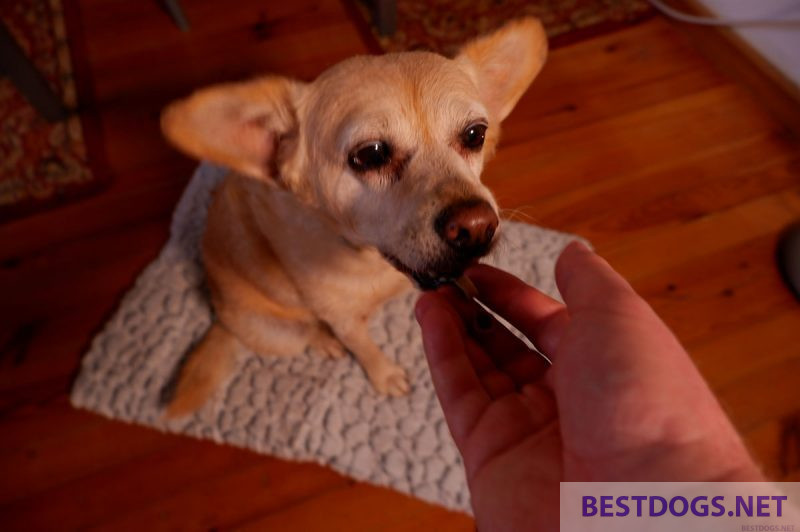
The punishment, on the other hand, causes the dog to perform the punished action either less frequently in the future or not at all.
However, it is imperative from this that the reward or punishment is applied to a dog only in a timely manner (within seconds) to change its future behavior. However, if a measure intended as a punishment is not applied in time or is repeatedly applied unsuccessfully, it is merely cruelty to animals!
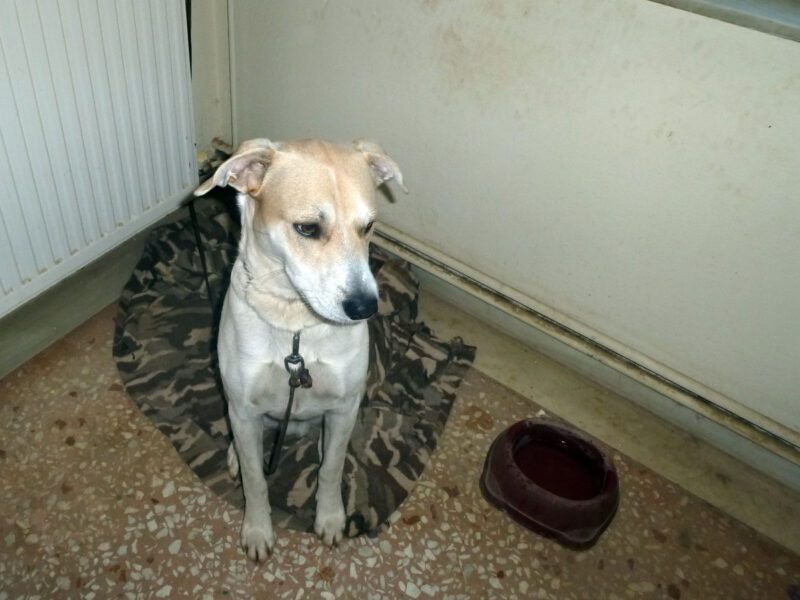
Motivation by reward is also different for each dog. For some, a piece of crispbread may be a reward, while for others it has to be a crunchy ‘stick’ or a treat. And even then, with a full stomach, the dog’s motivation is not quite as great as it would be if he were hungry.

Unfortunately, the majority of people understand dog training primarily as punishment. But the positive reinforcement of an action – or even the omission of the action, for example, to chase the house cat and instead leisurely walk past – is much more effective, because a dog is fully committed to the possible reward and is eager to do the job.

Punishment can also ‘give a dog legs’, but has many undesirable ‘side effects’. These include, for example, excessive submissiveness, listlessness, insecurity or even stubbornness and in the worst case even fear and avoidance behavior.
Therefore, the goal should be to avoid punishment as much as possible. The focus should be on encouraging and rewarding the dog’s desired behaviors rather than punishing undesired ones.
Many will be surprised at what can be accomplished and if the dog is to learn something that requires activity. For example with ‘come’, ‘sit’ and ‘down’ one does not get far with punishment or coercion anyway.
However, if the dog is to refrain from doing something undesirable – such as chasing, stealing or nibbling – you cannot always avoid using punishment. But this must be done immediately – within seconds after the unwanted ‘deed’ – and appropriately.
